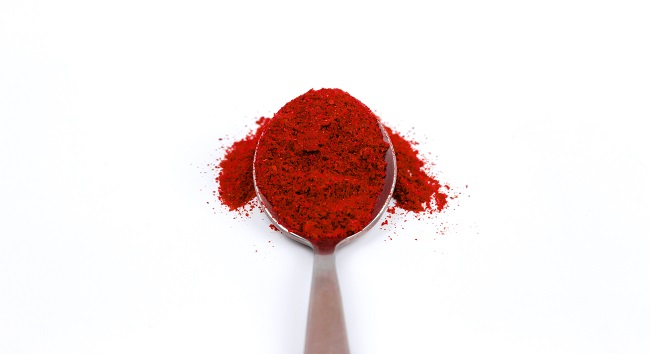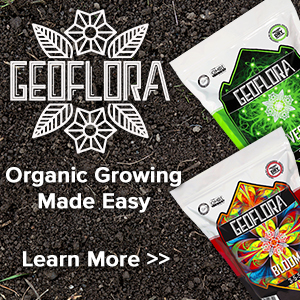
Paprika is a spice made from dried and ground sweet peppers, specifically Capsicum annuum. Its origins can be traced back to the Americas, where the peppers were first domesticated and cultivated by indigenous peoples.
When Christopher Columbus arrived in the Caribbean in the late 15th century, he encountered the peppers and brought them back to Europe. Paprika became popular in Hungary in the 16th century, where it was used primarily as a decorative garnish until the 18th century, when Hungarian chefs began incorporating it into their dishes.
The Hungarian paprika industry grew rapidly, and paprika became a staple ingredient in Hungarian cuisine. In the 19th century, Hungarian immigrants brought paprika to other parts of the world, including the United States, where it became popular in Louisiana Creole and Cajun cuisine.
Today, paprika is widely used in many cuisines around the world, and Hungary remains a major producer and exporter of the spice.
How to Grow Paprika
Growing paprika is relatively easy, and it can be grown in many different climates and soils. Here are some general steps for growing paprika.
Choose a Sunny & Warm Location
Paprika plants require plenty of sunlight and warmth, so choose a spot in your garden that receives at least 6 hours of direct sunlight each day. Also, make sure the soil is well-draining and fertile.
Start with Seeds or Young Plants
You can either start your paprika plants from seeds or purchase young plants from a garden center. If you’re starting from seeds, sow them indoors 8-10 weeks before the last frost date in your area. Keep the soil moist and warm (around 70-75°F) until the seeds germinate.
Transplant Seedlings
Once the seedlings have grown to about 3-4 inches tall, transplant them into individual pots or into your garden bed. Space the plants about 18-24 inches apart to give them room to grow.
Water and Fertilize
Paprika plants require regular watering to keep the soil moist but be careful not to overwater them as this can cause root rot. Fertilize the plants every 2-3 weeks with a balanced fertilizer.
Harvesting
Paprika peppers will turn red when they are fully ripe, and this is the best time to harvest them. Cut the peppers from the plant using a pair of scissors or pruning shears. Once harvested, the peppers can be dried and ground into paprika powder.
7 Fun Facts About Paprika
Paprika comes in a variety of colors: While we often think of paprika as being red, it can come in a range of colors, from bright orange to deep red to brown.
Depending on the type of paprika, it can be either spicy or sweet. Hungarian paprika is known for its deep, rich flavor with a slight spiciness, while Spanish paprika is often milder and sweeter.
Paprika has health benefits. It is rich in antioxidants, vitamin C, and carotenoids, which can help reduce inflammation and improve immune function.
Paprika extract is often used in skincare products because it can help improve skin elasticity and reduce the appearance of wrinkles.
Paprika is a staple ingredient in Hungarian cuisine, and it’s a key component of the hearty stew known as goulash.
Hungary produces more than half of the world’s supply of paprika, and the spice is an important part of the country’s cultural heritage.
In the past, paprika was used as a natural dye for textiles and clothing, thanks to its vibrant color.
Related Articles & Free Email Newsletter Sign Up
Grow Quick, Easy and Nutritious Microgreens
How to Make Your Own Seed Starting Mix
Red Peppers are Over 7,000 Years Old and Getting Better with Age




Comment here